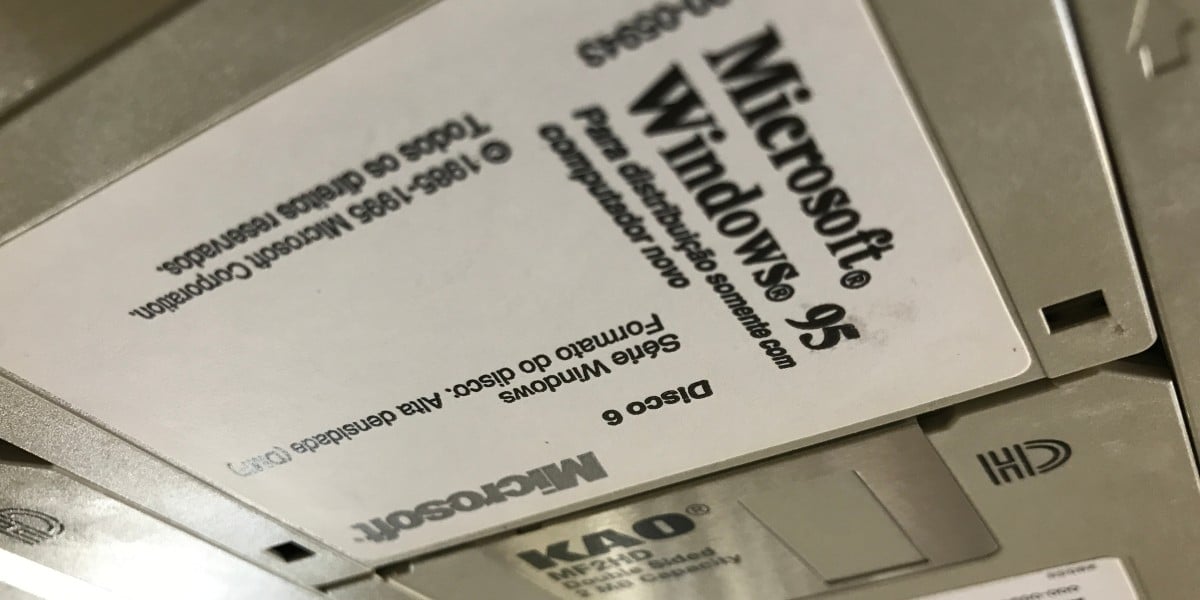
"If a user ran from MS-DOS, a stripped-down version of Windows 3.1 was installed, and a 16-bit Windows application would take care of copying files and migrating settings before firing up Windows 95. If you started from Windows 3.1, you would go straight into that 16-bit app. But why bother with Windows 3.1 at all? Why not jump straight into a miniature Windows 95 to get the bulk of the setup done in a fully 32-bit operating system?"
""I guess you could do that," said Chen, "but there are problems with that design, both from an engineering and a user experience standpoint. From an engineering standpoint, going down the Windows 3.1 route was the easier path; Microsoft already had a miniature version of the operating system ready to go. Windows 95, on the other hand, "was notoriously behind schedule.""
When installing Windows 95 from MS-DOS, a stripped-down Windows 3.1 installation ran a 16-bit application that copied files and migrated settings before launching Windows 95. Starting the installer from Windows 3.1 bypassed the extra DOS step and went straight into that same 16-bit app. The miniature Windows 3.1 route was chosen because it already existed, minimized development work, reduced reboots and size concerns, and avoided negative user-experience impacts. Windows 95 development was behind schedule, and creating a dedicated reduced Windows 95 for setup would have added engineering effort. Later efforts have reduced Windows 95 size, but the compact Windows 3.1 variant remained smaller.
Read at Theregister
Unable to calculate read time
Collection
[
|
...
]